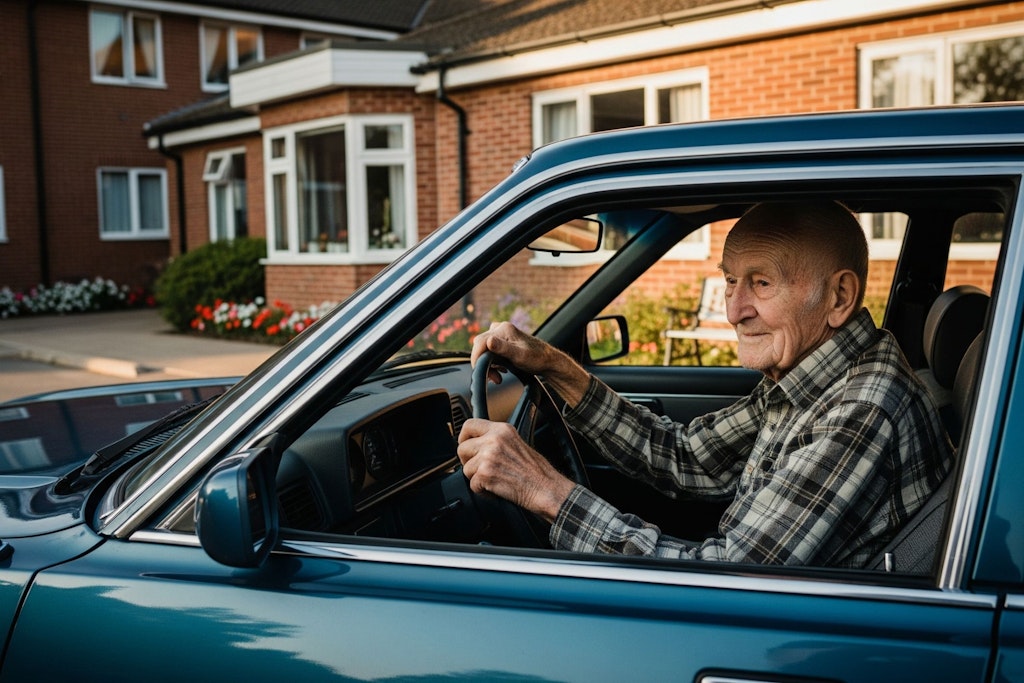Too risky to ignore: The responsibility to flag unsafe elderly drivers
Last updated on 14 July 2025

In the aged care sector, few conversations are as quietly contentious—or as crucial—as the one around unsafe driving. When should someone stop driving? And whose responsibility is it to raise the alarm?
A recent tragic accident in Victoria involving a 91-year-old driver who killed two people and seriously injured a toddler has reignited debate around Australia’s patchy approach to elderly driver safety. While the public discussion rightly turns to government regulation and medical assessments, there’s one angle too often overlooked: the role of aged care homes, retirement villages and home care services in identifying and reporting unsafe drivers before tragedy strikes.
What is the provider’s duty of care?
Whether it’s a lifestyle coordinator in a retirement village noticing near-misses in the carpark or a home care worker concerned about a client’s declining cognition, providers have a duty to speak up. That doesn’t mean making clinical assessments, but it does mean escalating concerns to family or, if appropriate, encouraging or facilitating a medical review.
In many cases, particularly where early dementia is involved, residents or clients may not be fully aware of the risk they pose on the road. A provider who turns a blind eye risks not only their client’s safety, but also serious reputational damage, should something go wrong.
“We’ve raised concerns about clients who were clearly unsafe to drive, but it’s often hard to get GPs to take action,” one community-based care worker told HelloCare. “They’ve known the person for 20 or 30 years and don’t want to be the one to take away their independence.”
Why GPs sometimes look the other way
The reluctance of some GPs to report unsafe drivers isn’t surprising. It’s a deeply emotional decision, especially for long-term patients. But when cognitive decline, vision loss, or other impairments become obvious, continuing to sign off on a person’s fitness to drive can be a dangerous form of avoidance.
This is where collaboration between health professionals and providers becomes essential. Providers often witness functional decline first-hand – in ways a GP may not see during a 15-minute consult. The care sector must feel empowered to report concerns clearly and in writing, using facts, not assumptions.
The policy gap that puts lives at risk
While some states, like NSW, require regular medical assessments and on-road testing from age 85, others like Victoria and Tasmania have no such mandatory checks. Most rely on self-reporting or discretionary medical referrals. That leaves enormous room for error.
What’s more, there are few formal processes in the sector to flag driving concerns early. In many retirement villages, there’s no standardised method to record or report worries about a resident’s capacity to drive. In home care, the issue may sit in a case manager’s notes but never reach the family or the GP. That needs to change.
What can providers do now?
- Include driving in care reviews. Don’t wait for a crisis—make driving a routine topic during care planning and family meetings.
- Document concerns. Keep written records of incidents or observations that suggest risk.
- Encourage medical reassessments. GPs are more likely to act when concerns are well documented and raised professionally.
- Partner with families. Families often hesitate to challenge a loved one’s driving—until a provider gives them the facts.
- Advocate for policy reform. As aged care professionals, we should be pushing for national consistency, including standardised reporting pathways from care providers.
Rubber meets road
There’s no question that giving up a licence is one of the most emotionally charged moments in a person’s later years. But autonomy cannot come at the cost of safety.
When a person’s ability to drive is compromised by age-related changes, early intervention can save lives, not just of pedestrians and other drivers, but of the older person themselves.
As care leaders, we must move away from a “not my role” mindset and towards a shared responsibility model. The road to change may be uncomfortable—but the alternative is far more dangerous.